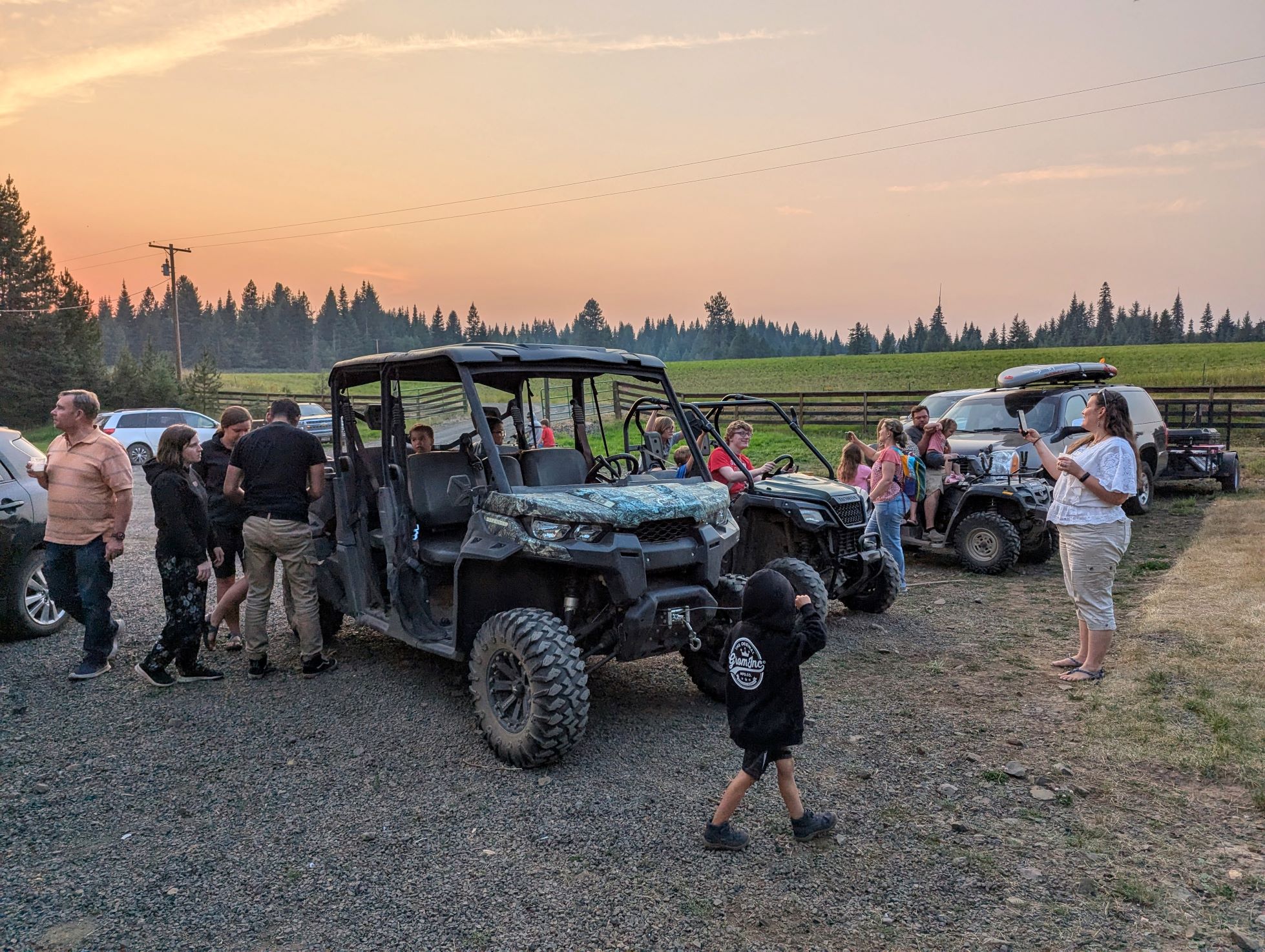Family reunions are an excellent way to reconnect with loved ones, share memories, and strengthen bonds. But behind every unforgettable gathering is a solid plan. Whether you’re hosting your first reunion or you’re a seasoned pro, this guide can help you organize a family reunion that runs smoothly and leaves everyone excited for the next one.
Note: The venues pictured in these reunion photos are Elk Springs Villa and Elk Springs Lodge
Step 1: Choose Your Organizer(s)-in-Chief
The first step to planning a family reunion is selecting someone to oversee the details. Some options could include one person delegating and following up on everything, a family handling these tasks, or a committee further subdelegating. This organizer/group will serve as the go-to person/people for questions, updates, and coordination. If one person is the OIC, it doesn’t mean they’ll handle everything alone, but they’ll keep the overall plan on track. If you’re stepping into this role, congratulations—you’re the family MVP!
Step 2: Build Your Planning Team
The key to avoiding burnout is delegation. Whether it’s just you delegating or a committee, ask for volunteers to head up specific areas such as food, lodging, activities, or transportation. If no one volunteers, don’t be afraid to ask someone to handle a specific task personally. Consider asking teens and young single adults as well. Knowing they are needed and depended upon can be valuable to any individual, and may encourage healthy responsibility to grow. This spreads the workload and ensures every detail gets the attention it needs. When people feel involved, they’re more invested in making the reunion a success.
Pro tip 1: Use a Shared Document for Planning
Centralize your planning with a shared document or spreadsheet. This can include:
– A list of attendees and their RSVPs.
– Meal sign-ups or food assignments.
– Space for ideas, updates, and logistics.
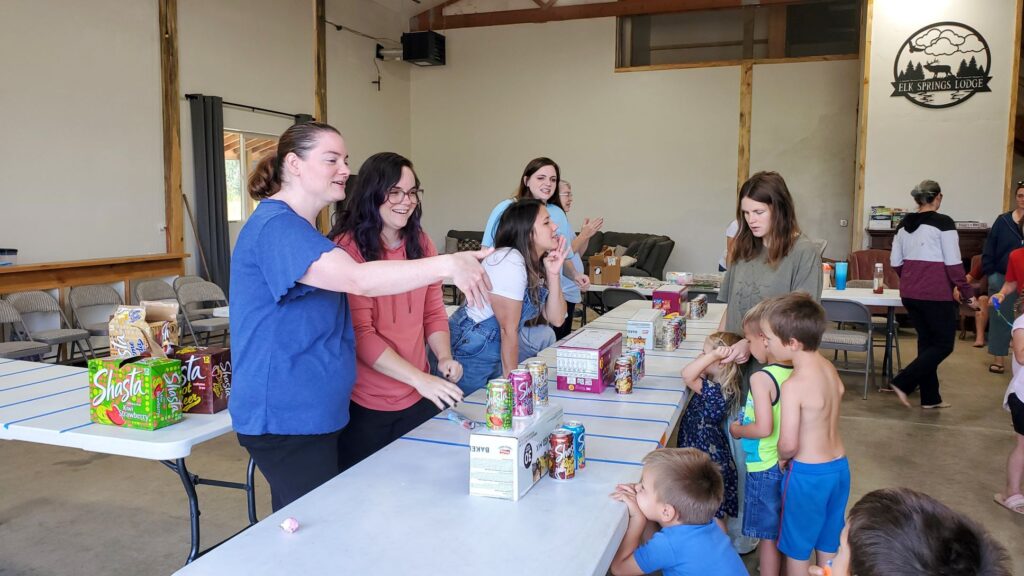
Step 3: Set the Dates
Finding a date that works for everyone can feel like solving a puzzle, but it’s one of the most crucial steps. Use an online poll or group chat to gather availability from family members. Once you’ve identified a few options, choose the one that accommodates the most people who are committed to attending.
Step 4: Make Accommodations for Everyone
To make your reunion as inclusive as possible, check in with attendees about any dietary restrictions, allergies, or accessibility needs. This might mean booking wheelchair-friendly lodging or planning gluten-free meals/options. Thoughtful accommodations show care and ensure everyone feels included.
Step 5: Set Up Finances/Divide Financial Responsibilities
Food and lodging can quickly become logistical hurdles, so decide early how costs will be managed. Here are a few common approaches regarding food:
– Shared Fund: Collect contributions beforehand to cover expenses per person and/or per meal
– Meal Assignments: Have smaller family units take charge of specific meals.
– Potluck Style: Everyone prepares and brings something for each meal.
– Full/Partial Catering: For a hands-off approach, hire a caterer to handle the food. If most attendees are on a budget, this may not be the option for you. Choose what works best for your family’s size and preferences.
Lodging:
- Look for local scout camps open to the public
- Family reunion centers
- Private campgrounds
- State-owned campgrounds
- Airbnb/VRBO
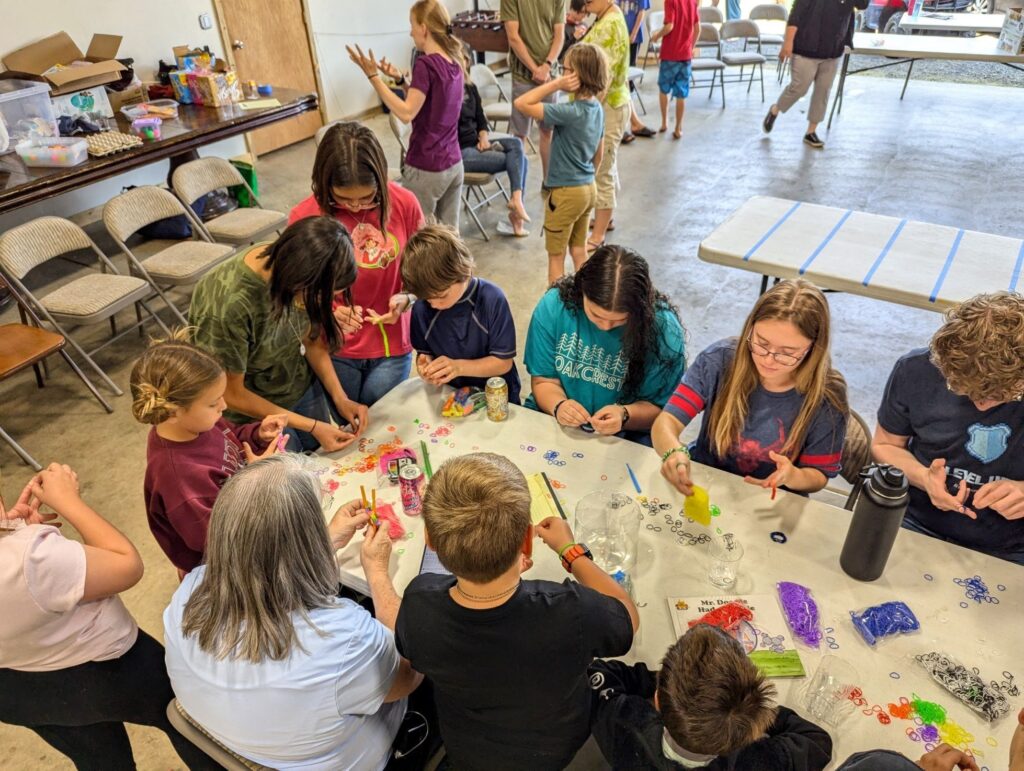
Step 6: Plan Activities to Remember
Make your reunion unforgettable with fun and interactive activities. Here are a few ideas:
– Family Talent Show
– Trivia Games
– Crafts
– Outdoor Games (i.e. water balloon volleyball, capture the flag, or relay races, etc.)
– Sing-Alongs
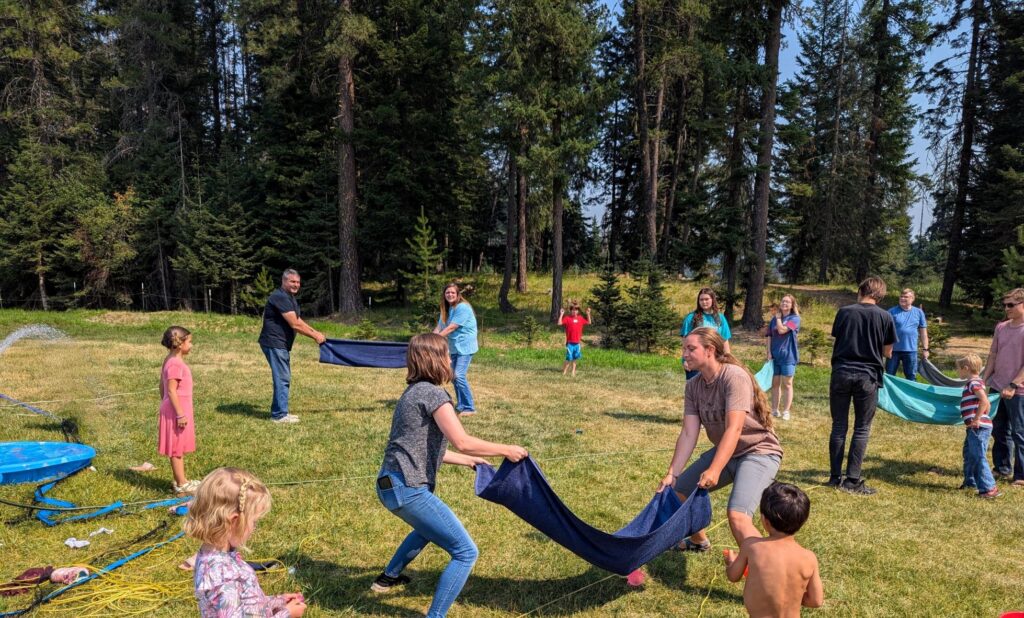
Pro tip 2: Stay Flexible
No matter how well you plan, things might not go perfectly—and that’s okay! Often, the unplanned detours become the most cherished stories. Build in some flexibility by having general or day-by-day backup plans, specific fallback activities/meals, and having your priorities for the reunion listed and shared*.
*This may look like “Must have: meals organized, sleeping arrangements selected. Should have: Icebreaker activities, unstructured time for socializing. Could have: preferred board games and other favorite activities/treats.”
If your reunions are more like a one-day event, you can condense and customize these steps. For larger or spread apart families, consider a reunion length of 2-4 days to allow ample time for reacquainting and connecting on a meaningful level.
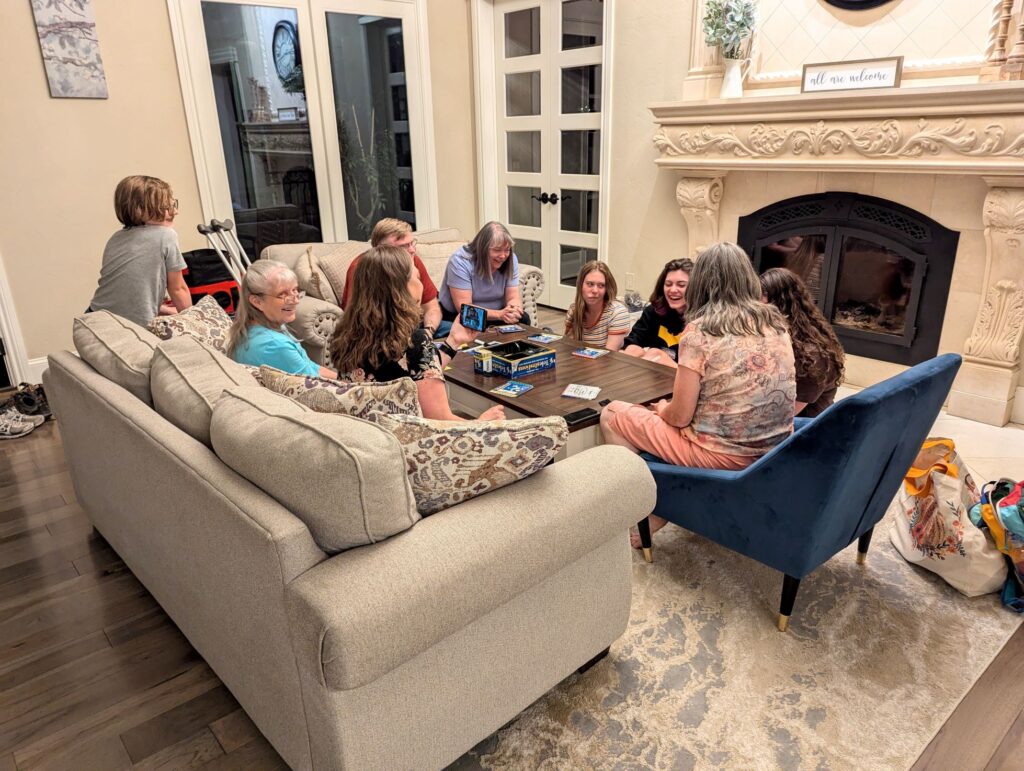
Reunions are opportunities to reconnect, celebrate, and remind each other why family matters. Planning them can be a lot of work, but can also be rewarding. With clear communication, teamwork, and a little creativity, you’ll be well on your way to hosting a gathering that everyone will talk about for years to come!

